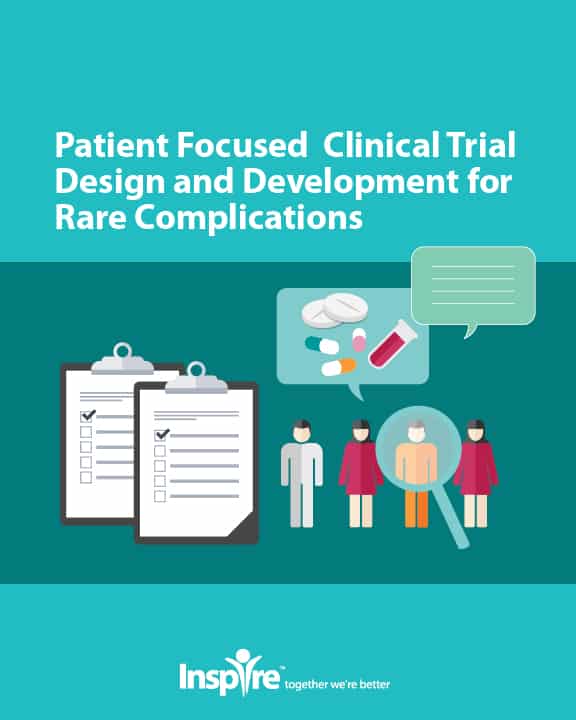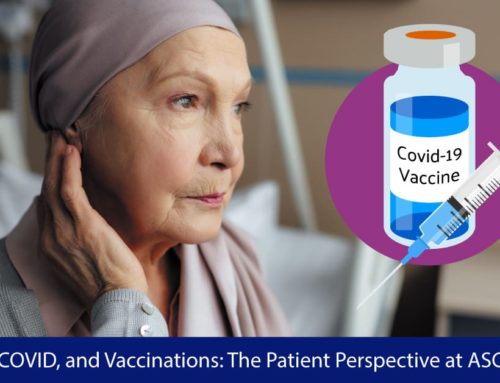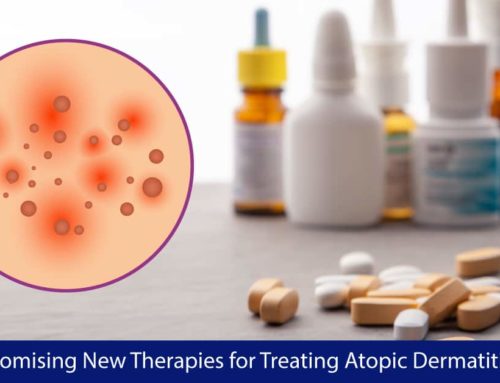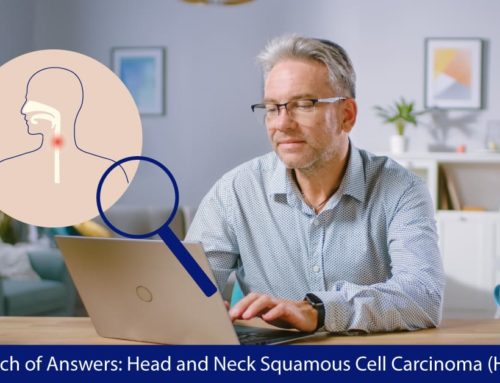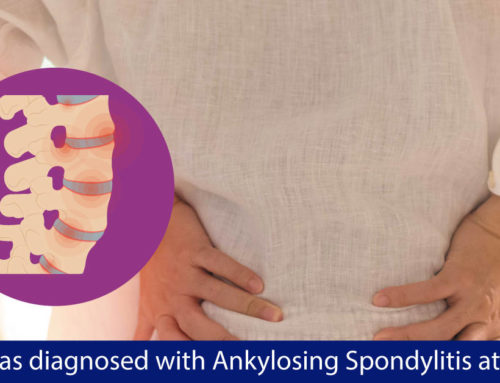What I told researchers trying to find a cure for my rare disease
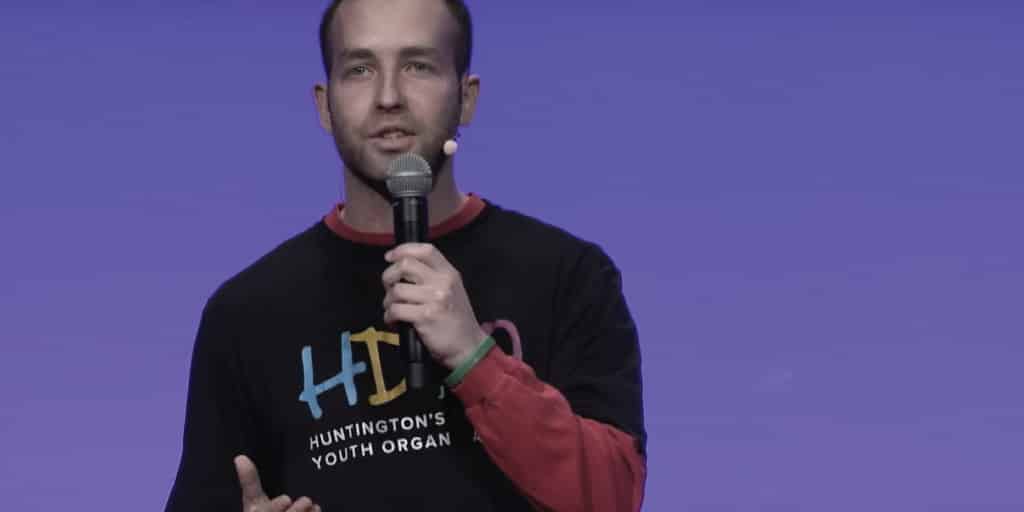
When I was about 12, I started noticing that something was wrong with my mom. She wobbled from poor balance, often tripping and falling over, as if she were drunk. She had severe mood swings; one minute she was fine and the next, she was angry, frustrated, or depressed.
Multiple physicians’ visits resulted in a diagnosis of bipolar disorder and major depression, but our family knew there was something else going on. Lacking an adequate diagnosis, my mother was becoming a different person more and more everyday.
Finally, when I was 15, the doctors discovered she had Huntington’s Disease.1
Of the 7,000 rare diseases, 95% currently have no approved treatment. Huntington’s Disease (HD) is one of the 95 percent. HD is caused by a genetic change. Mapped to chromosome 4, the IT15 gene that causes HD contains multiple repetitions of the CAG (cytosine, adenine, guanine) codon in the DNA that codes for the protein huntingtin.
The huntingtin protein is found in all cells but has its highest concentration in neurons and glial cells in the brain. Irregular folding caused by the repetitions makes HD huntingtin protein toxic to cells.2 Having HD is like having ALS, Alzheimer’s and Parkinson’s Disease all at the same time. Symptoms like difficulty walking, involuntary movements and depression start between the ages of 30 and 50. Over the course of the next 10 to 25 years, you deteriorate with increasingly impaired judgement, difficulty concentrating, severe involuntary movements called chorea and debilitation that impacts your ability to care for yourself. In the final stages of HD, you are bedridden and unable to speak. There is no cure or treatment for HD. I lost my mom to it in 2015.
HD is an inherited disease, but no one had ever had HD in my family before my mom.
For me, research to find a treatment and cure for HD is especially meaningful because five years after my mother’s diagnosis, I tested positive for HD. I have shared my family’s story with HD in a TEDx talk and am open about the positive genetic test I received in 2011.3,4 I actively fundraise and have spoken about HD at several venues, including a Congressional Caucus.5 But my most recent experience with the pharmaceutical industry started at a Huntington Disease Walk. I was introduced to a researcher whose focus is HD and I asked if there were any opportunities to speak to her company and help out. At the time, there weren’t any, but by staying connected, an opportunity arose to speak at her company’s Research and Development Week.
When I arrived, I found myself speaking to an audience of over 600 people, in addition to being live streamed to researchers in other locations to watch. I took a deep breath, looked at the audience and thought, “Here is an opportunity to share my story, the story of a young person impacted by a rare disease.”
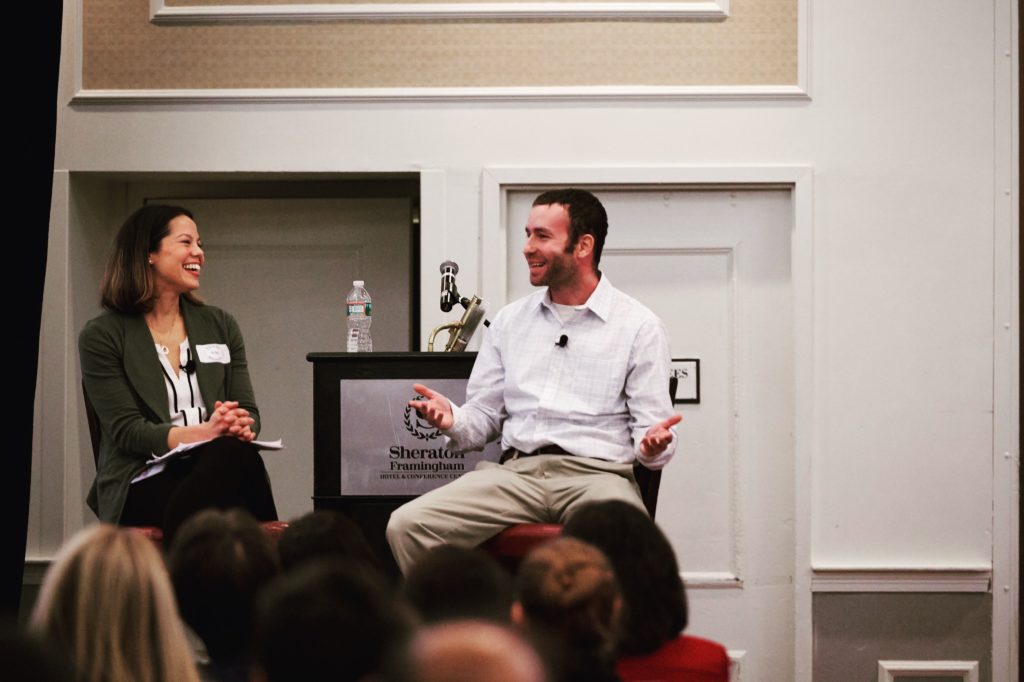 I had researched the company’s interests and its work on a genetic therapy treatment for HD. But I got the feeling that these pharmaceutical researchers who work hard, head down, nose to the grindstone, have little experience with people who have rare diseases. One of the first questions to me was how to get more young adults with rare diseases interested in clinical trials.
I had researched the company’s interests and its work on a genetic therapy treatment for HD. But I got the feeling that these pharmaceutical researchers who work hard, head down, nose to the grindstone, have little experience with people who have rare diseases. One of the first questions to me was how to get more young adults with rare diseases interested in clinical trials.
Understand the needs of the patients
My answer is that researchers have to understand the needs of the patients. I think it’s important to get young people involved in the beginning of the clinical trial process since they are the ones who will one day take the treatment. With HD, young people need to learn how to plan their future, whether they are at risk or a gene carrier. One way is to get involved in research. We should be at the table when decisions are being made about potential trials and opportunities.
Young adults who have experience with HD are trying to cope with the unknown and are living life after the post traumatic stress of caring for a loved one with the disease. It’s mentally and emotionally challenging, seeing a loved one slowly deteriorate and thinking, “that could be me one day.”
Digital technology
How can we hear from young people–now–through surveys, interviews, or other opportunities? How can we interact with them and see what they would like to see when it comes to research? If the pharmaceutical industry wants to get young people involved, there needs to be efforts in outreach using digital technology. Young people are always on their mobile phones.
Rather than having young people come to a clinic, can the clinical trial be brought virtually to them, while also fostering a positive relationship between the patient and researcher? Not only is there an opportunity to collect more data and get a better understanding of the patient, but it can help decrease any challenges the patient could possibly face in the trial, such as taking days off for work, being forced to tell their employer about it.
Unseen but impactful symptoms
Researchers and physicians don’t seem to take into consideration what they can’t see such as cognitive or psychiatric symptoms. If someone is in pain, you can’t see it but it is important. One of our Inspire community partners, the Hereditary Neuropathy Foundation, conducted research on the symptoms patients with Charcot-Marie-Tooth (CMT) Disease experience. Pain, though not recognized as a symptom of CMT is a common topic of discussion in the Charcot-Marie-Tooth Support Community on Inspire. A patient reported outcomes study was conducted and Annual Patient-Centered Pain Summits have occurred. Because of these efforts by the Foundation and its members, this forgotten symptom is being acknowledged. Pain scales are now being implemented in CMT clinical trials.6
Likewise, with HD, there is no consideration of cognitive or psychiatric changes which may manifest earlier than other symptoms. One of the ways that many people are diagnosed with HD is through motor testing. With Huntington’s, we need work on a cognitive biomarker, so that diagnosis and support can be provided earlier. Young adults with HD who are at-risk or gene carriers may be more interested in digital technology clinical trials around cognitive or psychiatric changes, where they can participate in the comfort of their home.
Lack of awareness of trial options
Another question involved gene therapy. In rare neurodegenerative disorders, researchers are turning to gene therapy to develop new treatments. The FDA recently announced that it is increasing personnel with expertise in genetic and cell therapy to accommodate the increase in research being done in this area.7 In fact, in the past few months, FDA has approved treatment for spinal muscular atrophy, an extremely rare and fatal disease, with gene therapy.8,9
As an activist in the HD community, I don’t think that many young adults know about gene therapy or about trials going on in that space. It just isn’t being talked about compared to the other trials happening. Many may not even know what gene therapy is or that gene therapy could be an option.
At the presentation there were questions around my tolerance for risk in treatment. With gene therapy, I would want to know what animal models were used in pre-clinical research. I believe I would need to understand the treatment well beforehand but I know that we need a treatment. We need a cure.
At the end of my presentation, the audience of researchers came up and thanked me. But I wanted to thank them. I told them, “I’m here to motivate you. Let’s find ways to collaborate. Patients have a lot of information to offer, let us help you.”
For more about my experience with HD, see Listen to people affected by rare disease and my TEDxNatick talk.
Inspire offers a trusted community to patients and caregivers. Our goal with this blog, this website and our content is to provide the life science industry access to the true, authentic patient voice. In so doing, we support faithful operationalization of patient-centricity. Take a look at our case studies, eBooks and news outlet coverage.
References:
1 https://corp.inspire.com/blog/people-impacted-by-rare-disease/
2 https://www.ncbi.nlm.nih.gov/pmc/articles/PMC3237673/
3 https://youtu.be/5_O5TfMVqD8?t=2
4 https://corp.inspire.com/blog/people-impacted-by-rare-disease/
5 https://youtu.be/u12cMvhSiH4
6 Email communication with Judy Chandler, MPH, Partnerships Director at Inspire
7 https://www.biopharmadive.com/news/fda-to-bulk-up-cell-and-gene-therapy-staff-growing-with-the-field/546176/
8 https://www.nejm.org/doi/full/10.1056/NEJMoa1706198
9 https://www.avexis.com/research-and-development

